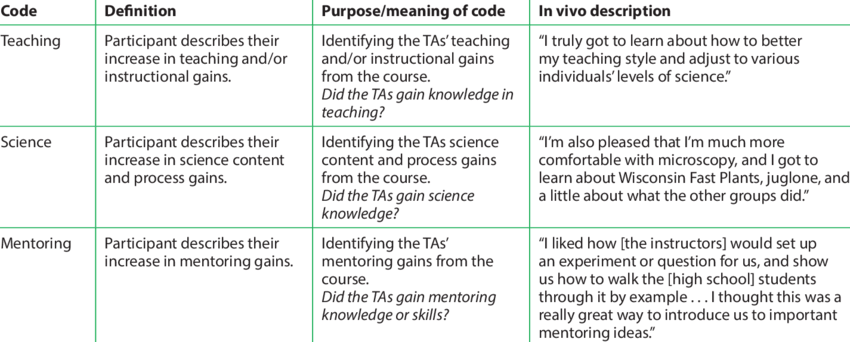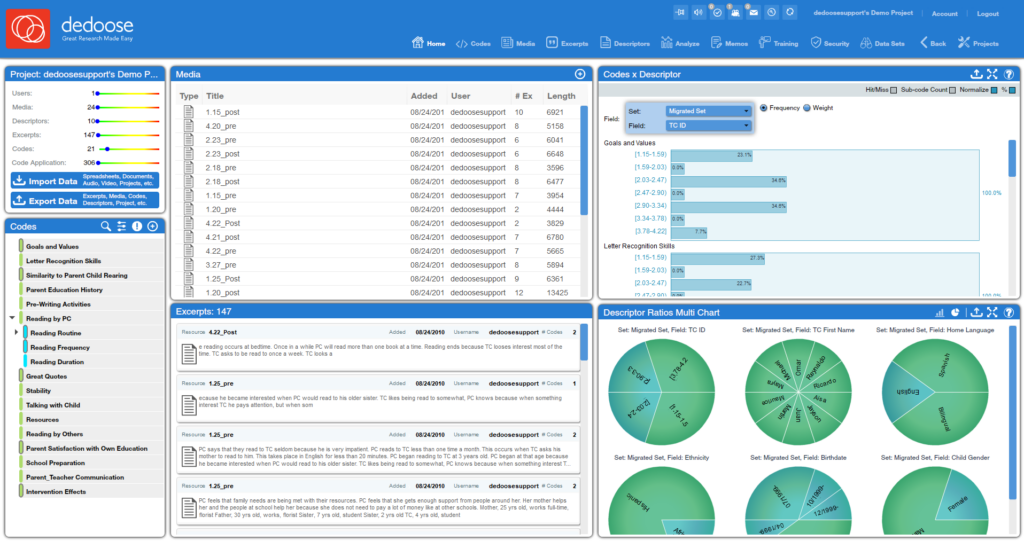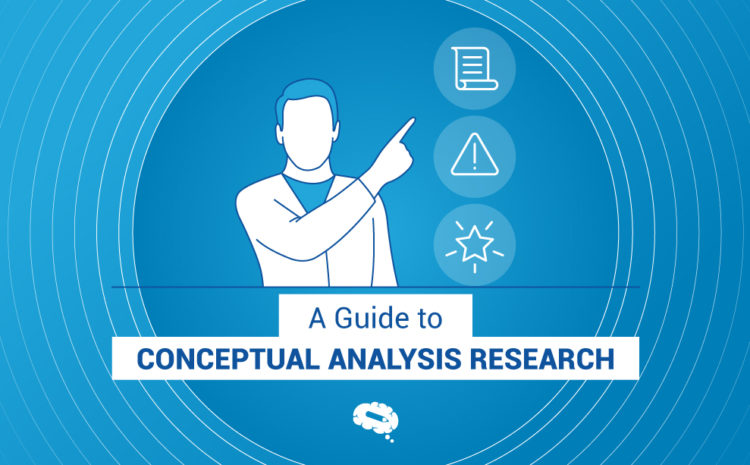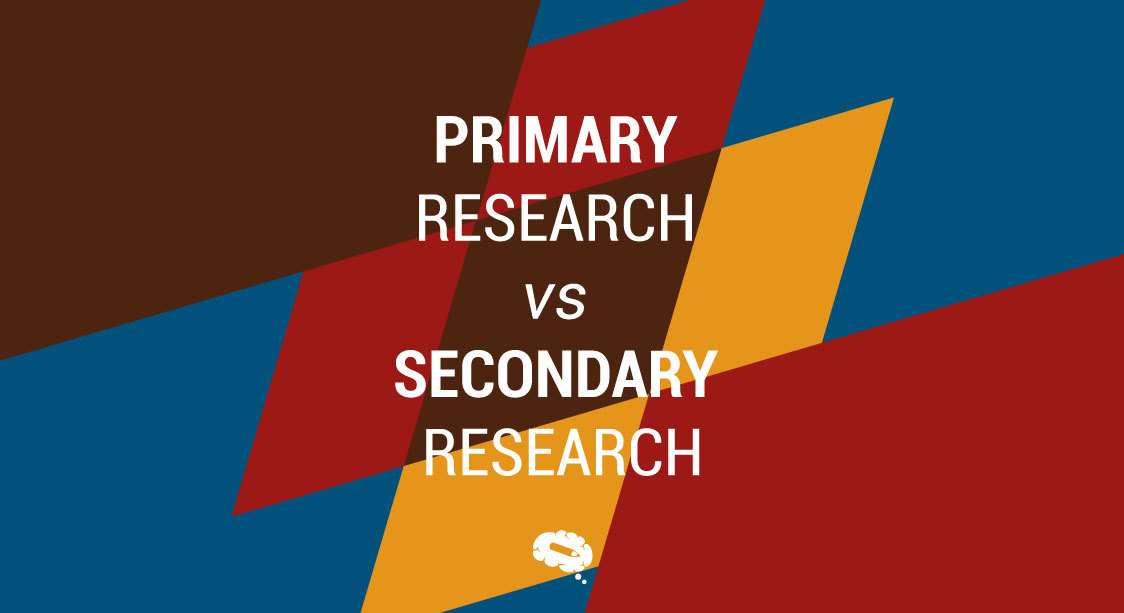In order to comprehend complicated phenomena, uncover rich narratives, and delve into the depths of human experiences, qualitative research is a powerful tool. However, the sheer volume of qualitative data can frequently be overpowering, making analysis challenging.
In these cases, a codebook acts as a guiding compass, offering researchers a systematic framework to gain meaning, identify patterns, and derive insights from their qualitative data. Researchers can successfully access the secret gems buried inside their data by comprehending the purpose, construction, and application of codebooks.
This article examines the role of the codebook in qualitative research and how it aids in the development of analytical skills in researchers.

Introduction to Codebook Qualitative Research
A systematic approach for organizing, classifying, and interpreting data used in qualitative data analysis is known as “codebook qualitative research.” A codebook is an in-depth guide or set of guidelines outlining the process for locating, classifying, and organizing themes, patterns, and concepts within qualitative data.
Researchers may organize and interpret the rich, qualitative data they have gathered using this meticulous process. The codebook includes a number of codes, which are labels or tags given to particular data segments that stand in for important ideas, concepts, or subjects. These codes may originate straight from the data using an inductive approach, from the research questions or existing literature.
There are many stages involved in creating a codebook. Researchers get completely immersed in the data, becoming familiar with its context and content, and this initial immersion aids in the creation of preliminary codes that summarize the data. Posteriorly, the codes are refined, combined, or grouped into more general categories or themes as the analysis goes on. The codebook gets altered and iterated upon as new patterns in the data are found and deeper insights are gained.
By using a codebook, one may guarantee reliability and consistency among multiple researchers, improve analysis process transparency, and contribute to making it easier to acquire valuable insights.
Purpose of a Codebook
A codebook qualitative research serves as a systematic and well-organized framework for the analysis and interpretation of qualitative data. A codebook is mostly used for the following reasons:
- Organization and structure: A codebook offers a structured framework for coding and categorizing data, which aids researchers in organizing qualitative data. It establishes exact specifications and instructions for coding data segments, ensuring consistency and uniformity throughout the analysis process.
- Standardization and reliability: Standardization ensures reliability, especially in research involving multiple researchers. It contributes to ensuring that various coders understand and assign codes to data segments consistently, minimizing potential bias and boosting the accuracy of the study.
- Data exploration and interpretation: The codebook offers a way to recognize and classify important themes, concepts, and patterns, which makes it easier to explore and interpret qualitative data. The methodical analysis and comparison of coded data segments by researchers enables a deeper comprehension of the research subject and the development of significant insights.
- Iterative development: The codebook encourages using an iterative method when analyzing data. The codebook may need to be updated, modified, or expanded as researchers interact with the data and sharpen their understanding. The codebook will develop and adapt to include new themes or concepts due to this iterative method.
- Facilitating team collaboration: Promoting effective teamwork in collaborative research environments is made possible by the codebook, which acts as a common resource. It enables discussions and encourages uniformity in coding decisions while enabling researchers to align their understanding and interpretation of the data.
Components of a Codebook
Several significant components that serve as a general framework for the analysis and interpretation of qualitative data constitute a codebook in qualitative research.
- Code definitions: A thorough list of codes is provided in the codebook, along with each code’s definition. The codes each stand for a particular concept, subject, or idea that the researchers have found in the qualitative data. To ensure consistent interpretation and application, the code definitions give succinct, straightforward descriptions of what each code stands for.
- Code hierarchy or structure: When working with complicated or multi-level coding systems, the codebook may explain the hierarchical relationships between codes. This hierarchy offers an organized structure for organizing and analyzing data and aids researchers in understanding the connections and interactions among different codes, categories, or themes.
- Application of codes to data segments: The codebook contains instructions for applying codes to data segments. It describes the requirements or circumstances under which a specific code should be applied to a particular segment.
- Examples of coding: The codebook may include examples of coding applied to actual data segments. These examples show coders how to identify and apply codes to different types of qualitative data, serving as guides for coders.
- Instructions or procedures for coding: The codebook could contain detailed instructions or guidelines for coding. It describes the precise procedures to adhere to while classifying qualitative data, including how to examine and segment the data, assign codes, and record coding decisions.
- Notes on codebook revision: The codebook may be revised, expanded, or improved as the analysis advances. A section of the codebook may be dedicated to documenting these updates, potentially with notes or remarks on changes to codes, definitions, or hierarchies.
Steps on Creating a Codebook
To provide a structured and reliable approach to coding and analyzing qualitative data, a codebook must be developed through several steps. The process for making a codebook is outlined in the steps below:
Defining Variables and Categories
- Identify the objectives and questions for the research: Specify the exact objectives of study and questions that the codebook will attempt to address.
- Determine the variables: Decide which key variables or concepts will be examined in the qualitative data.
- Develop categories: Create a set of categories representing the primary themes or concepts of interest based on the variables that have been discovered.
Developing a Coding System
- Developing initial codes: Review the data in detail to become comfortable with its content. Develop initial codes that effectively express the essence of the data segments connected to the specified categories.
- Code organization: If needed, group related codes together and develop a coding hierarchy to establish relationships between different codes and categories.
- Define code descriptors: Offer each code in the codebook precise definitions or descriptions. If necessary, use examples to demonstrate how each code is used.
Testing the Reliability of the Code
- Conduct pilot coding: Select a subset of the qualitative data and have multiple coders independently code the same data using the codebook.
- Evaluation of intercoder reliability: To assess the consistency and agreement in the coders’ decisions, compare the outcomes of their coding. Intercoder reliability can be measured statistically using Cohen’s kappa or percentage agreement.
- Address discrepancies: Discuss any discrepancies or differences in the coders’ coding decisions. If required, revise instructions or code descriptions to increase accuracy.
- Iterate and refine: The codebook should be revised and refined as necessary to improve its clarity, consistency, and reliability based on feedback and insights gleaned from the pilot coding.
Tools for Creating a Qualitative Research Codebook
To assist researchers in creating a qualitative research codebook, many tools are available. Listed below are some typical tools:
Spreadsheet software
To construct and manage a codebook, you can use software like Microsoft Excel and Google Sheets. They enable the organization of data segments in rows and columns for codes, categories, and descriptions.
Software for qualitative data analysis
Specialized tools for producing and managing codebooks include NVivo, ATLAS.ti, and MAXQDA. With capabilities like coding hierarchies, text search, visualization tools, and coding query options, these tools offer a specific interface for qualitative analysis.
Word processing tools
Codebooks can be organized in a document format using word processors like Microsoft Word and Google Docs. Researchers can communicate with team members and format code definitions, categories, and instructions. However, when dealing with larger datasets or complex coding processes, word processors may be limited.
Dedoose
Dedoose is a web-based tool for qualitative research that includes capabilities for managing and creating codebooks. It enables the development of codes, their hierarchical organization, and the assignment of codes to data segments. Additionally, Dedoose offers tools for data visualization and collaboration.

High impact and greater visibility for your work
Visual content tends to grab attention more effectively than text alone. By incorporating visually appealing elements into their work using Mind the Graph, scientists can capture the interest of readers, conference attendees, and fellow researchers with stunning visuals that enhance their qualitative data analysis.

Subscribe to our newsletter
Exclusive high quality content about effective visual
communication in science.





